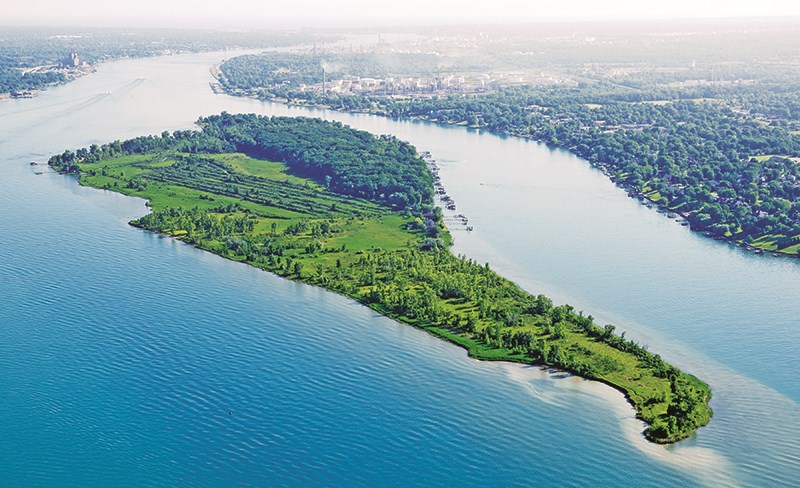Darrell Randell

I am happy to see people celebrating the St. Clair River. Whether it’s swimming, fishing, water skiing or a floating invasion of partiers, having fun on the St. Clair is a demonstration that celebrates improvements in the health of the river.
The best example must be the two decades of work it took establishing a St. Clair River Trail, which now reaches from the Walpole Island Bridge to the Blue Water Bridges.
The river has always been an advantage. Transportation, drinking water and a food source come to mind first. But along with that came sewage and a need to get rid of industrial waste, and there again having a river like the St. Clair was an advantage.
In earlier times, nature seemed inexhaustible and the philosophy of many people was that the river would recover regardless of how badly we treated it.
In the mid 1980s the river was declared an “Area of Concern” in the Great Lakes because of municipal and industrial discharges and a serious loss of habitat. It was an overdue wakeup call that many had already heard.
Some of those people came together to form the St. Clair River Binational Public Advisory Council (BPAC). They came from diverse interests and backgrounds, and though there were certainly disagreements, it was never about assigning blame or finger pointing. The thrust was to remain positive and seek solutions.
BPAC existed to encourage stakeholders to behave in a responsible manner and to change some problematic mindsets. It took time. Nearly 30 years so far.
People’s perspectives have changed with regard to the river. Thirty years ago, municipalities didn’t see their infrastructure deficiencies as priorities. Industries had hundreds of “accidental “spills each year, beyond the legal discharges written into their certificates of approval.
The simple truth was that environmental impacts were a cost of doing business. Individuals cared for the health of the river, as long as it was very convenient and not too expensive.
Over the past 30 years, laws have changed, penalties have increased but most importantly attitudes have been altered. Things that were common occurrences are now unthinkable. We know now that nature has limits and that the river can be badly hurt.
We can also see that if we stop hurting the river and give it a chance it can come back, and to a large degree, it has.
Want to learn more? Progress made in de-listing the river as an “area of concern” will be discussed at the next Green Drinks Sarnia meeting on Oct. 12, at 7 p.m. at 100 North Christina.
Darrell Randell is a long serving member of the St. Clair River Binational Public Advisory Council and chair of the Friends of St. Clair River.
